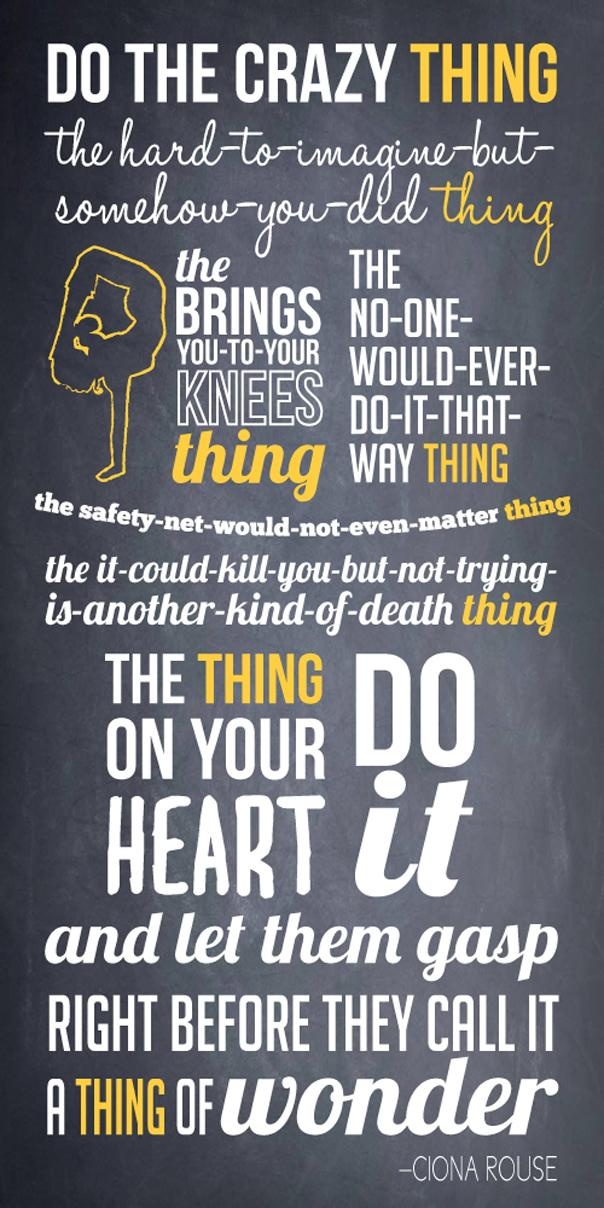So, remember a few posts back when I said I was entrusted with writing the department’s article for the company newsletter? Well, after a couple crazy-packed weeks of recruiting duties (and much more…think tax season…W-2s…being in HR during tax season is a nightmare, let’s just say). Anyways, I managed to squeeze in a chunk of time to finish the article. What I produced I’m pretty pleased with. And so did my boss (thankfully!).
So, I decided to share it with all of you as well…
Happy reading.
“The most valuable aspects of jobs are now…in intellectual capital, ‘the most essentially human tasks: sensing judging, creating, and building relationships.’ This means that a great deal of a company’s value lies ‘between the ears of its employees.’ And this means that when someone leaves a company, he takes his value with him” (First, Break All the Rules, 23).
In August of last year, the Bureau of Labor Statistics reported that over half of job separations in the past year were results of individuals voluntarily quitting their job. This suggests that more and more employees are being lured away either by other employers or that they are confident enough in their prospects that they can leave before securing a new position.
This presents a challenge to human resource professionals everywhere. They can’t fill positions fast enough. They have trouble keeping workers. After being hired and trained, many employees leave as soon as another better or higher-paying job comes along. Even with some employees earning top pay, HR professionals recognize they can’t keep workers for long without adequate and competitive market adjustments in compensation, benefits packages, and other incentives. Knowing who that talent is and how to keep it is one of HR’s number one priorities. The success of the company depends on its assets, and the most crucial assets are its people.
2013 witnessed the largest growth in headcount that HB has ever seen. The company has not only grown by thirty percent, but turnover has been reduced from triple digits to an estimated twenty percent for permanent 200-grade employees. Salaried turnover remains in the single digits.
The HR department has promoted several initiatives to support the increase in headcount, including onsite job fairs, pre-employment training with WRTP/Triada, the employee referral program, and partnerships with local high schools.
As a workforce mediator, WRTP/BIG STEP works to develop resources and programs for their member companies to expand employment opportunities by recruiting, training and placing community residents in jobs to meet their need for new workers. The partnership between WRTP and Triada (the temp agency branch of WRTP) with HB has aided in the development of hands-on, personalized pre-employment training programs. These programs have produced individuals with a high level of skill, work ethic and reliability that HB has had the opportunity to utilize over the past year and a half. We look forward to a strong and continued partnership with WRTP/Triada in the future.
In a similar, yet distinctive capacity, another staffing agency, ABR, has been providing outstanding service and employees to HB over the past year. ABR has hosted on-site job fairs here at HB, as well as continue to assist in ongoing staffing needs throughout the year.
The HB Employee Referral Program has also taken off during the past year. After advertising the bonus payouts that current employees can receive for referring a friend or family member, referrals came pouring in. Since the revival of this program, we have hired over 15 employees from union referrals, as well as several from salaried employees. We would like to extend a special thank you to the trainers, supervisors, and employees who have assisted in the development and success of this expansion. As HB continues to grow in headcount, we see a positive future for the company and its members.
– Courtney Hendricks, January 2014










